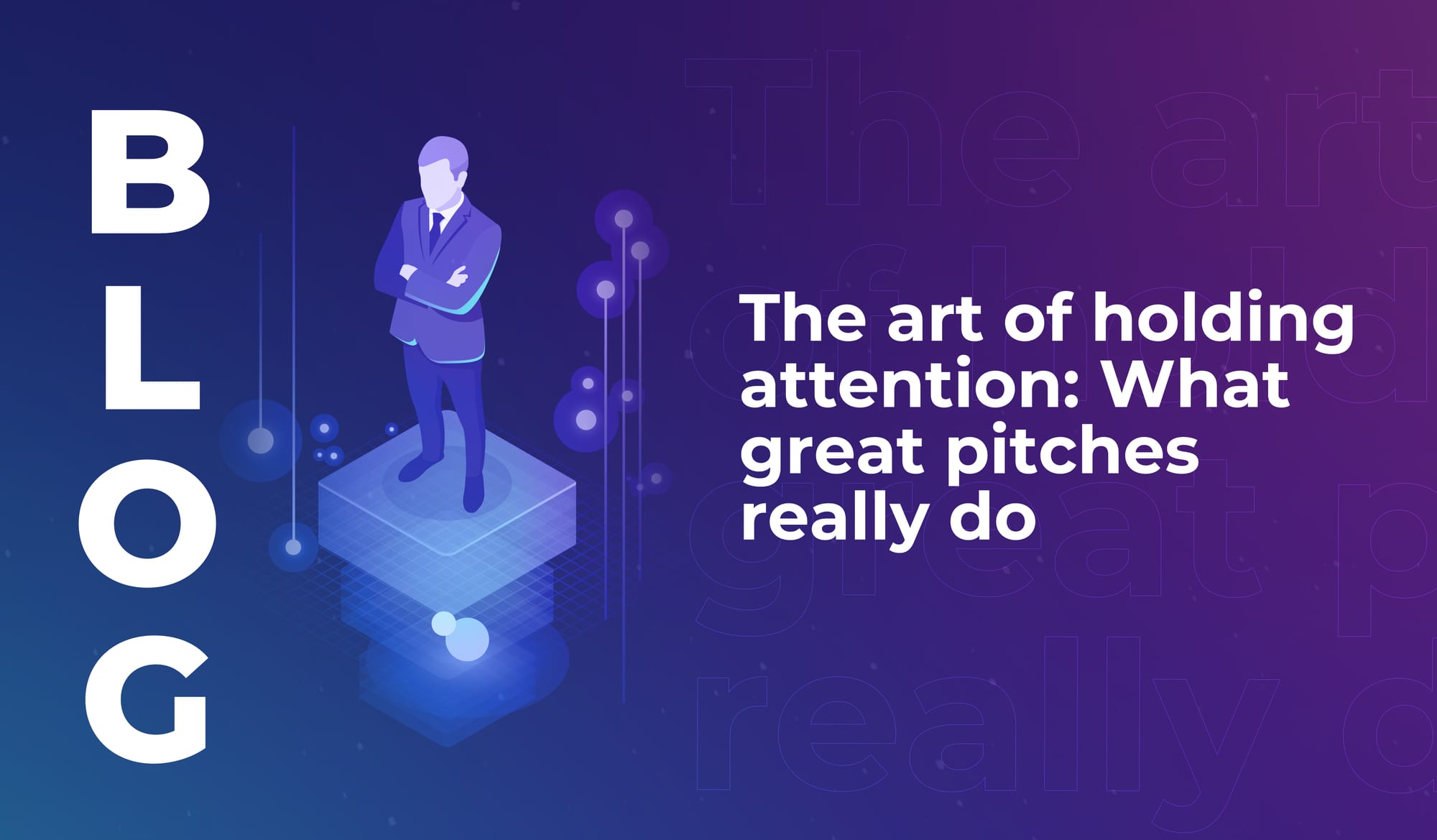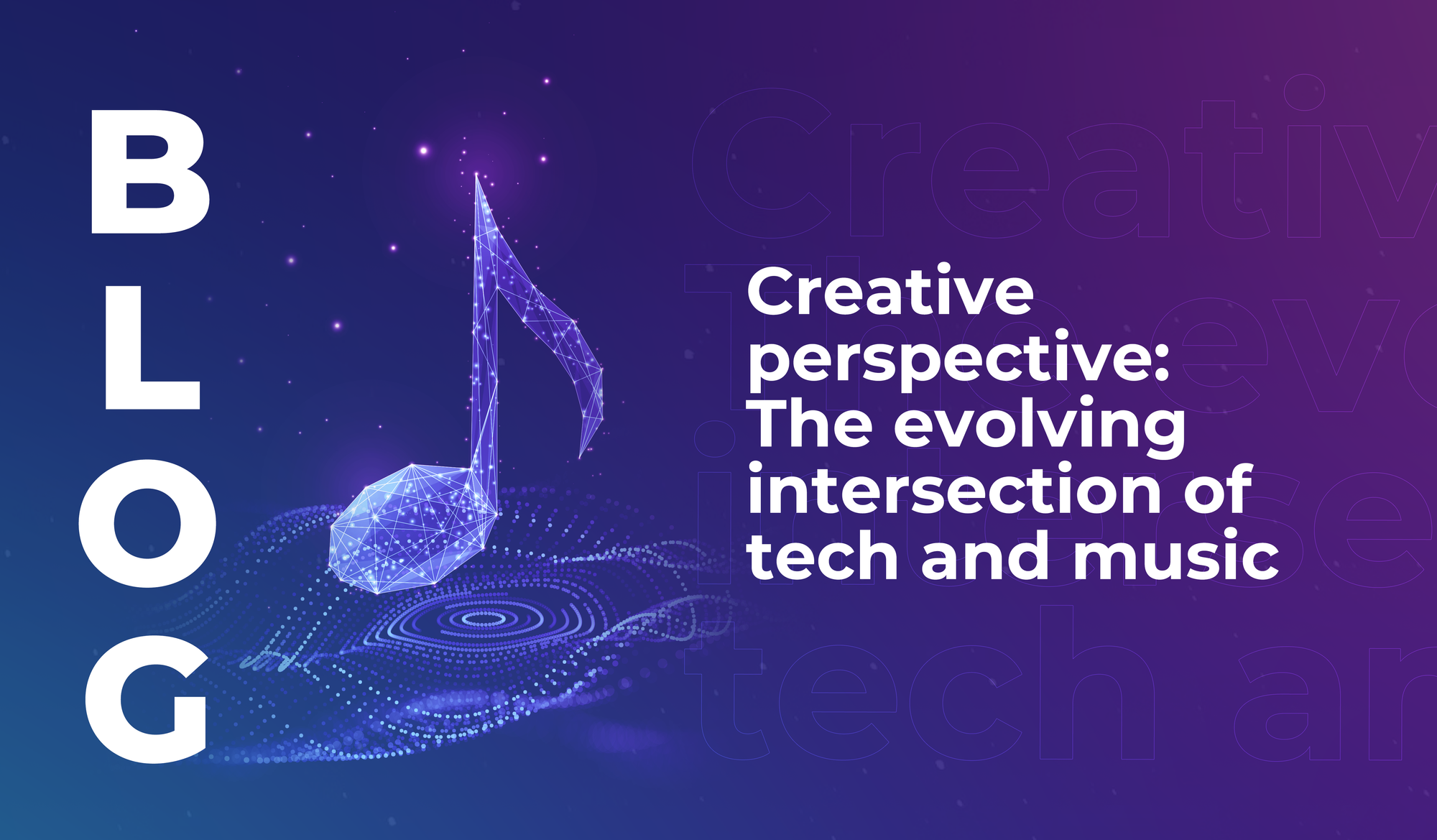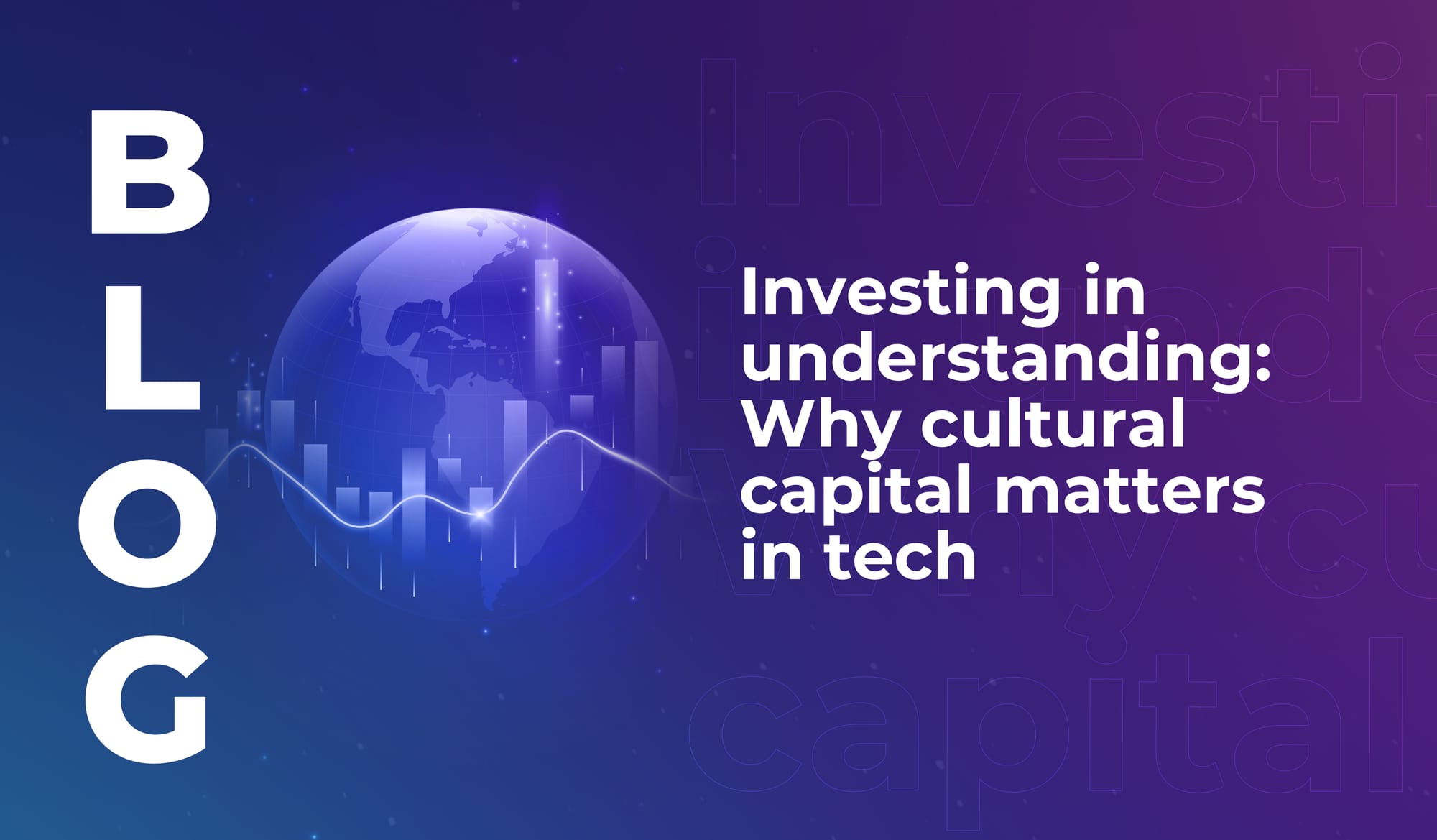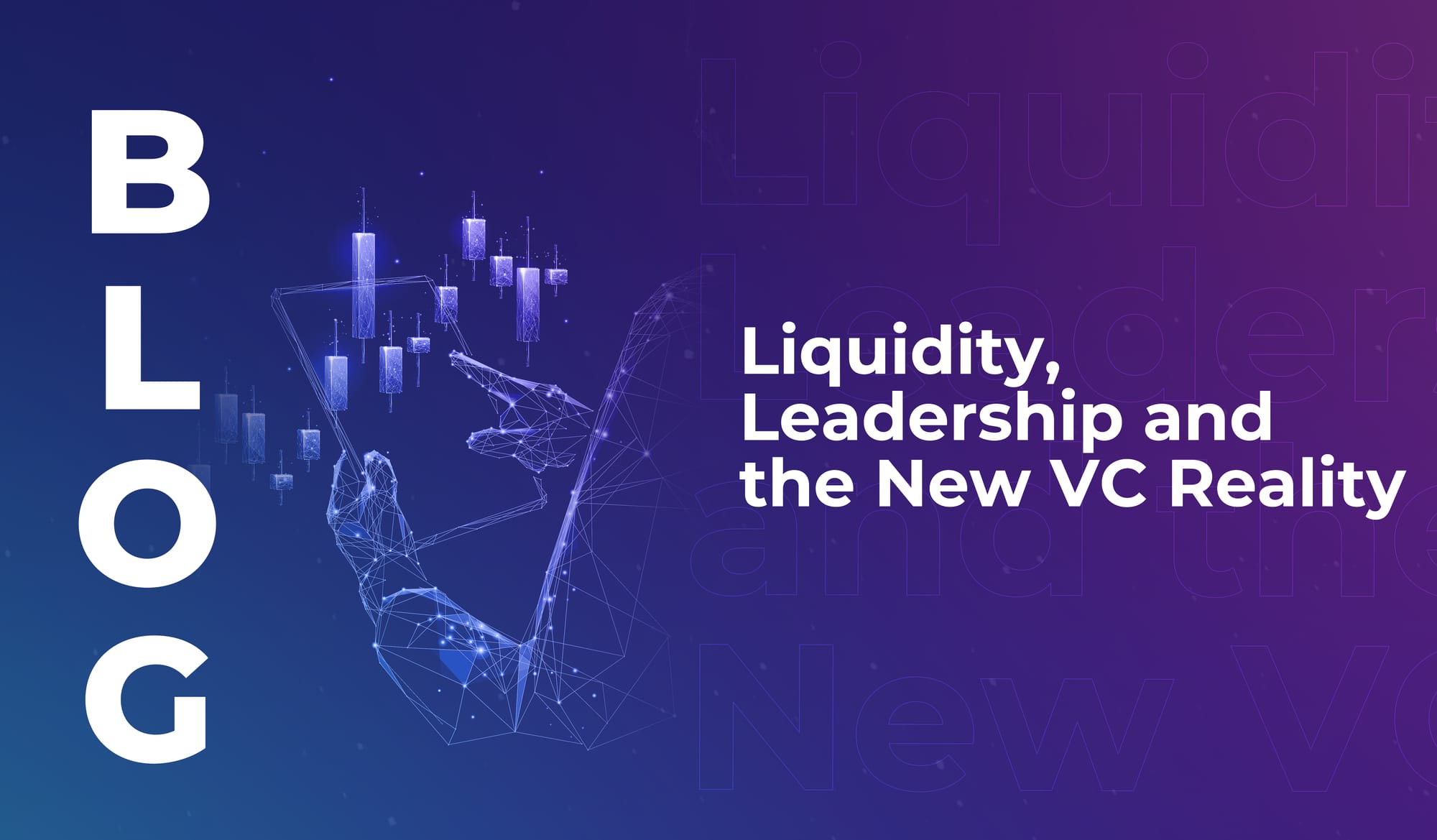
The art of holding attention: What great pitches really do
A strong investment pitch earns engagement – and that enables you to build enduring relationships long after the pitch is over.


“It’s been an incredible journey, all starting with that one magical moment as a five-year-old dreaming of birds.”
LEAP speaker Stephanie Singer (Creative Director at BitterSuite) is an award-winning composer, and she brings her own deep connection with the power of music to her work with technology.
Since 2014 she and her team have been crafting unique sensory experiences, rooted in music but reaching out into the realms of technology and the complexity of human senses. She’s not afraid to explore the possibilities at the intersection of technology and art – but she’s not afraid to turn away from tech when it doesn’t serve the experience well, either.
We asked Stephanie how she developed her innovative approach to musical exploration, and how tech can be used to increase creative connection.
Here’s what she told us.
“Music has always been a part of my life – my mum’s a cellist, so I grew up surrounded by it. But one moment changed everything for me.
“When I was five, I went to a Stravinsky concert and spent the whole time imagining birds flying and dancing around the auditorium, perfectly in sync with the music. That moment transformed the way I listened, turning music into something I could see and feel, not just hear.
“In my twenties, I started exploring this idea more deeply, researching ways to help others experience music with their whole selves. Then I discovered synaesthesia – the blending of senses – and it blew my mind. Could we make music even more powerful by involving all the senses?
“That’s how BitterSuite was born. Ten years, 9,700 audience members, and collaborations with Oxford University later, we’re still pushing the boundaries of what it means to truly feel music. It’s been an incredible journey, all starting with that one magical moment as a five-year-old dreaming of birds.”
“I'm a composer! I write instrumental music, songs, I sing, and play piano and cello. Composition is my craft; I think of all multi-sensory design as an extension of the compositional process.
“Over time, my curiosity expanded to explore how music and technology interact. There’s a common idea that tech is here to replace what already exists – like composers, musicians, or live gigs. But I see tech differently. For me, it’s a collaborator, not a replacement.
“I’m fascinated by how tech can enhance and deepen what already works in the real world. It’s not about using tech for the sake of it, but about asking, what unique role can tech play? Like a composer bringing together different elements to create harmony and tension, I want to push the boundaries of how tech and music can work together to move audiences.
“My focus is on finding those sweet spots where tech can do something that’s impossible without it – whether that’s adding to the multi-sensory experiences I create or transforming how we engage with sound. It’s not about replacing the magic of live performance, but expanding it in ways that make it even more powerful.”
“As an artist, my ambition is to craft extraordinary experiences that rethink how we approach music composition and live performance. With BitterSuite, I aim to restore faith in the power of imagination and help people connect deeply with the physical and emotional experience of sound.
“From the beginning, BitterSuite has been about transforming how we listen to music and bringing people together through shared sensory journeys. In our very first show in 2014, we discovered our signature format – where we pair each audience member 1:1 with a guide who led them through a carefully choreographed sensory experience involving touch, taste, smell, movement, and live sound.
“This was the moment we discovered the concept’s power – the show was intimate, emotive, and deeply personal.
“Audiences told us things like, ‘I haven’t been touched in seven years,’ or, ‘It's like giving vision to blind people.’ Some shared that the experience helped them connect with lost loved ones, let go of heartbreak, or simply surrender to the transcendent power of music. I realised then that BitterSuite wasn’t just about listening differently; it was about creating moments of connection, and surrender through music.
“For the past decade, we’ve kept these experiences intentionally small and intimate – typically for 30 people at a time. But now, with research from Oxford University, we’re ready to scale up. Our next chapter involves adapting these sensory experiences for larger audiences, with the aim of reaching 500+ people in auditorium settings. The challenge – and the excitement – lies in keeping that same emotional intimacy at scale.
“BitterSuite is about pushing the boundaries of what live music can do, not just for the ears, but for the whole self. It’s an invitation to listen deeply, feel fully, and reconnect with the power of sound in a way that stays with you long after the music ends.”
“I’d say – I agree! Technology can absolutely create disconnection if it’s used thoughtlessly. But tech isn’t just one thing; it’s a palette of colours, a set of tools we can choose from. What matters is how and why we use it.
“For me, technology should never be an assumed or automatic part of a musical experience. It’s the job of creatives to ask: is this essential? Does it help achieve the emotional core of the experience? If the answer is no – if it doesn’t move audiences closer to that connection – then it’s non-essential, and it doesn’t belong.
“The key is to be intentional. When tech is used purposefully and thoughtfully, it can deepen connection rather than disrupt it. But it has to serve the experience, not define it.”
“Meeting brilliant thought-leaders, hear what’s sparking excitement for people right now, and learn about the incredible things they’re developing.
“Most of all, it’s the dynamic conversations and debates that challenge ideas, spark new perspectives, and fuel creativity. It’s the kind of energy that makes events like LEAP so special!”
Thanks to Stephanie Singer at BitterSuite. Ready to be inspired at LEAP 2026? Pre-register now.

A strong investment pitch earns engagement – and that enables you to build enduring relationships long after the pitch is over.

Learn why tech investors who build depth, context, and empathy are the ones shaping markets that endure.

2025’s VC landscape demands sharper targeting, smarter liquidity, and stronger leadership. Discover how investors are adapting – and why LEAP 2026 is where the next moves will be made.

A strong investment pitch earns engagement – and that enables you to build enduring relationships long after the pitch is over.

Learn why tech investors who build depth, context, and empathy are the ones shaping markets that endure.

2025’s VC landscape demands sharper targeting, smarter liquidity, and stronger leadership. Discover how investors are adapting – and why LEAP 2026 is where the next moves will be made.